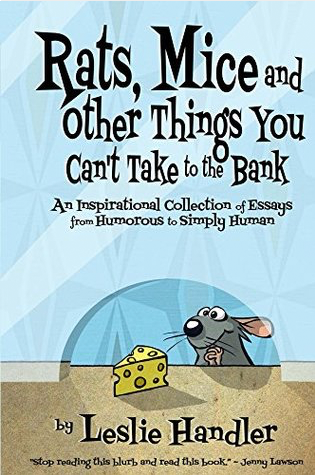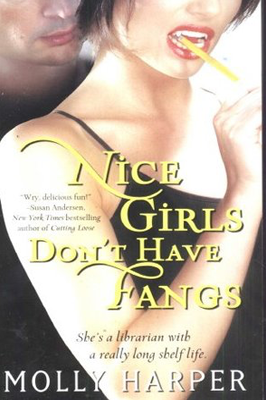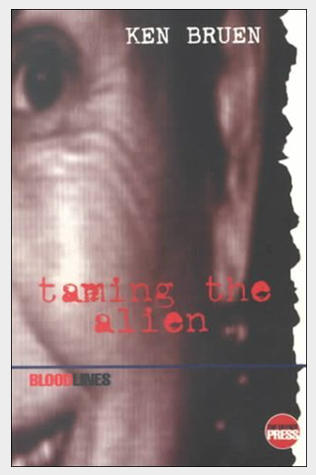I received this book for free from the library in exchange for an honest review. This does not affect my opinion of the book or the content of my review.
Source: the library
Little House in the Big Woods
by
Laura Ingalls Wilder
autobiography, non-fiction in a hardcover edition that was published by HarperCollins on October 14, 1953 and has 239 pages.
Explore it on Goodreads or Amazon
Illustrator: Garth Williams
Other books by this author which I have reviewed include Farmer Boy, Little House on the Prairie, On the Banks of Plum Creek
First in the Little House autobiographical series for middle-grade readers that begins in the Big Woods of Pepin, Wisconsin, in 1871, revolving around Laura Wilder as a four-year-old and her family. (I’m not sure why the series is considered fiction. It is historical, and since it’s Laura’s recollection of her life, it would appear to be autobiographical nonfiction.)
In 1958, Little House in the Big Woods won the Lewis Carroll Shelf Award.
My Take
I knew of the popular Little House on the Prarie television series, but I never have seen it. At the time, I hadn’t realized it was based on a book series, and of course, once I did, I thought I should read it. Well, as the decades rolled by…
What kickstarted my reading the series was a friend who went on and on about how wonderful the books were. She was right. The Little House series is wonderful, especially for readers interested in stories about living off the land, Indians, and/or early pioneer life. The prose is straightforward, simple, and quite descriptive.
In Little House in the Big Woods, Wilder focuses on day-to-day life in her family with a third person objective point-of-view telling the story in a neutral, objective, unbiased manner.
It’s a life of mutual cooperation with slaughtering and sugaring time in the fall. Pa’s violin playing entertains the family each night and comes in handy for larger celebrations when the extended family gathers and dancing is one of the activities. The girls are quite creative in their play. Ma’s expertise in making straw hats is fascinating. My taste buds went into overdrive with the different uses to which they put the maple syrup.
Their Christmas celebrations are simple, homemade, and quite sparse compared to the excess to which we celebrate. It does make me think of my mom’s descriptions of her Christmases as a child during the Depression.
The difficulties of travel and how self-sufficient the Ingalls are is pointed up when Laura makes her first trip to the nearest town, which is all of seven miles away.
It’s a lovely tale that will engage your kids and help make history real.
The Story
Pioneer life was never easy for anyone, and the Ingalls must grow or catch all their own food as they get ready for the cold winter. But they make the best of every tough situation.
They celebrate Christmas with homemade toys and treats, do their spring planting, bring in the harvest in the fall, and make their first trip into town.
And every night, safe and warm in their little house, the sound of Pa’s fiddle lulls Laura and her sisters into sleep.
The Characters
The tomboyish Laura Ingalls is four years old and lives in a log cabin with Ma (Caroline), Pa (Charles), older sister Mary, and baby sister Carrie. Jack is their protective brindle bulldog. Black Susan is the cat. Susan is Laura’s corncob doll who will be supplanted by Charlotte; Nettie is Mary’s rag doll. Sukey is their brown cow; Rose is another of their cows.
Uncle Henry and Aunt Polly with their lazy son Charley; Aunt Eliza, Uncle Peter and their children Peter, Alice, Ella, and little baby Dolly Varden, have a very protective dog named Prince; Aunt Docia; Aunt Ruby; Uncle George had been in the army and is a bit wild; Uncle James and Aunt Libby have a little girl, also a Laura; Aunt Lotty and, Grandpa, who concentrates on making troughs and buckets to harvest maple syrup, are all Ingalls.
Mr and Mrs Peterson are their new Swedish neighbors who have just moved into a new house. Mr and Mrs Huleatt and their children, Eva and Clarence, are friends who would spend the day.
The Cover and Title
The cover is a simple graphic with the log cabin’s inner walls forming the background. Ma, in her long white nightgown, holds baby Carrie in her long gown, as she stands on the left. On the right, a bearded Pa is sitting on a log bench in his green trousers, blue shirt, and red suspenders with Mary hugging him from behind, his hands clasping her wrists. All four of them are looking on at the brown-haired Laura in her red flannel nightgown embracing the blue-gowned Charlotte, looking down at her new rag doll with love. The author’s name is at the very top in black. The title is below that in a paler green outlined in black above everyone’s heads. At the very bottom is the illustrator’s name in black.
The title is the home in which Laura grew up, the Little House in the Big Woods, on the border with Minnesota on the Mississippi River.













